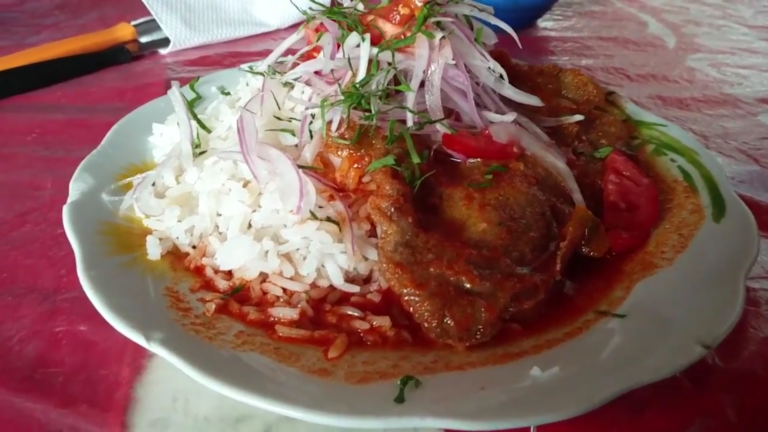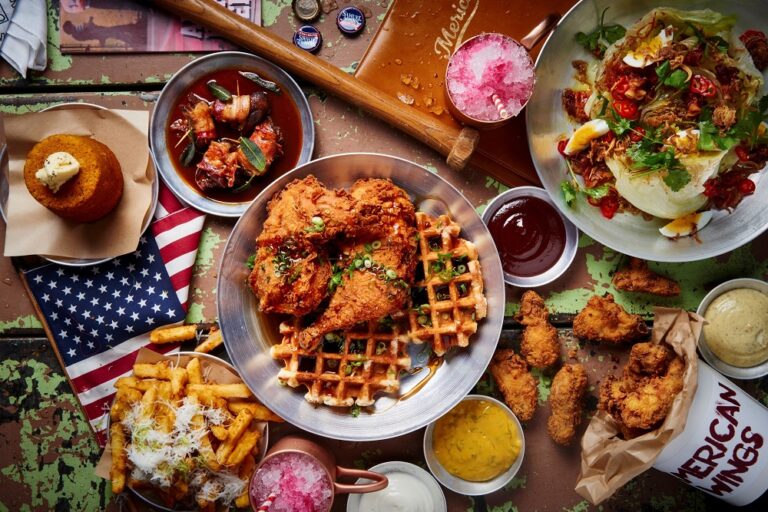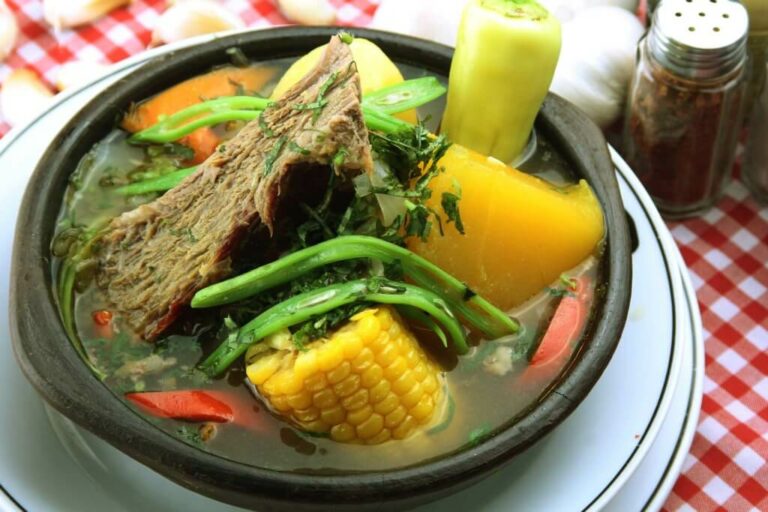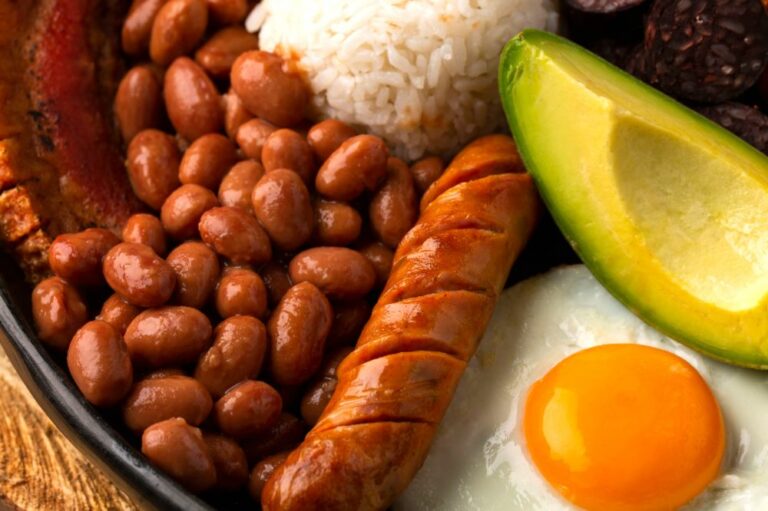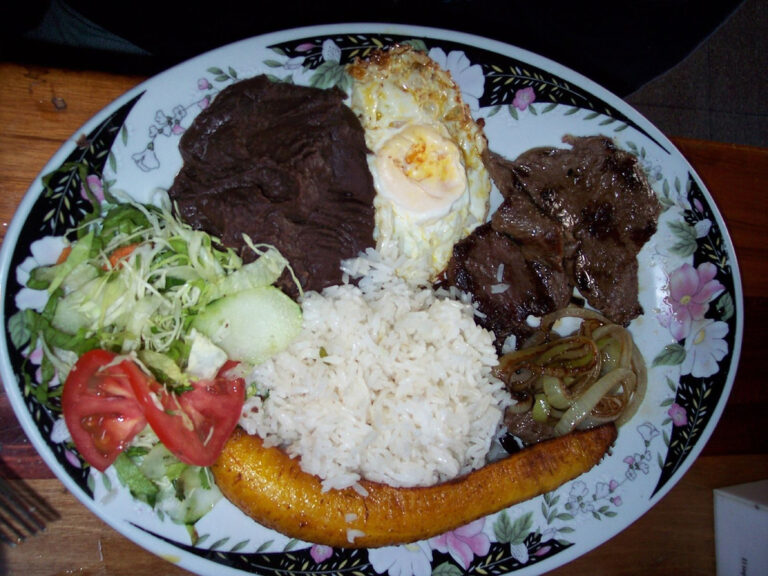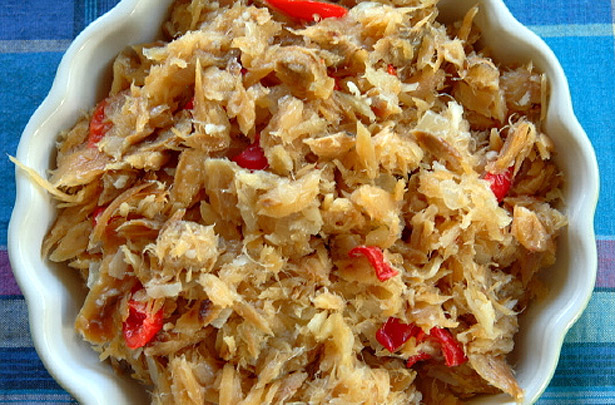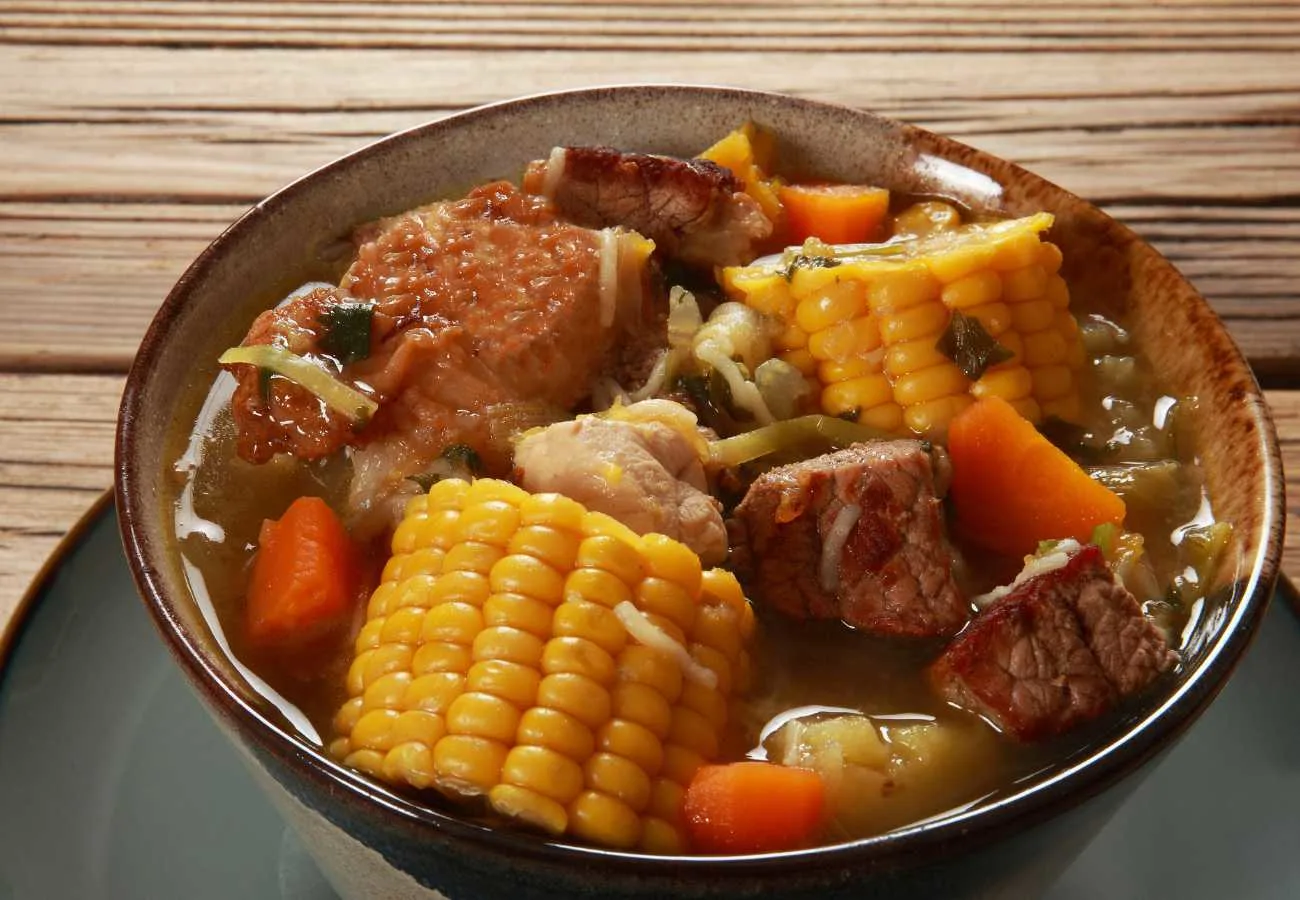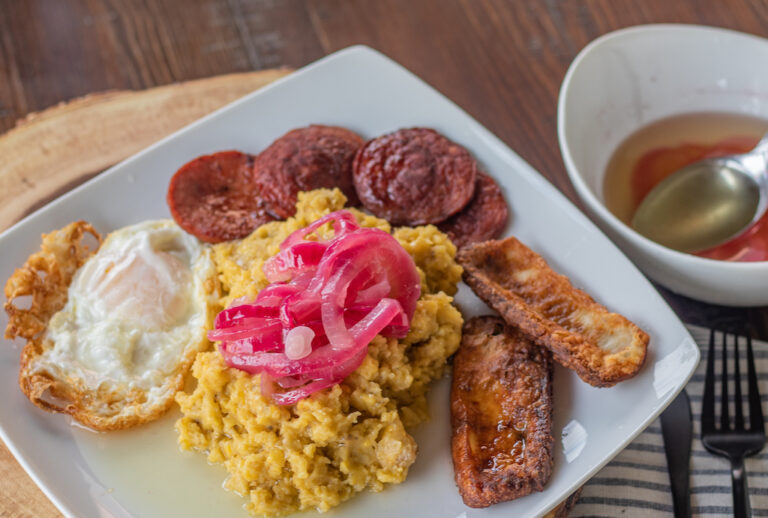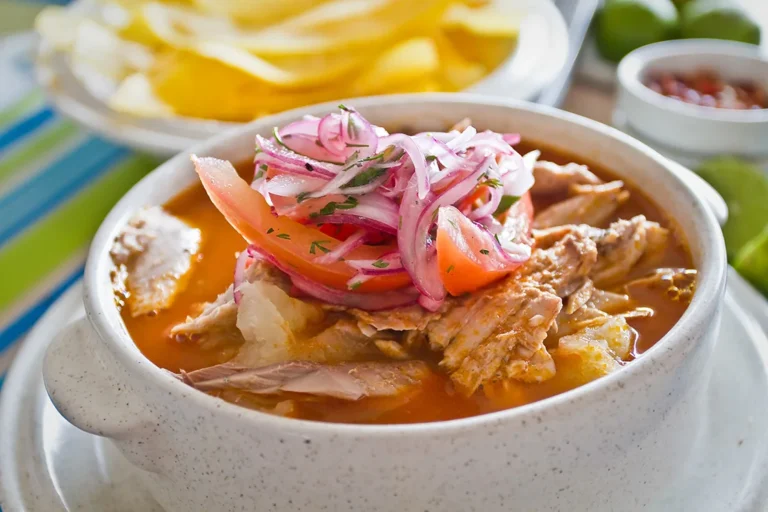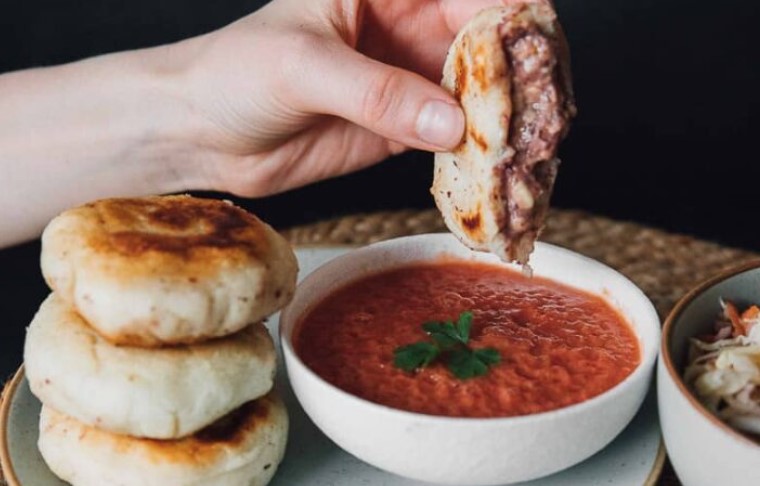Introduction: Bolivian Cuisine
Bolivian cuisine is a unique blend of indigenous and Spanish flavors resulting from centuries of cultural exchange. The country’s topography, divided into three distinct regions, has contributed to the diverse culinary traditions of Bolivia. The diversity of ingredients, techniques, and flavors have made Bolivian cuisine one of the most distinctive and interesting in South America.
Pre-Columbian Foods and Ingredients
Pre-Columbian foods and ingredients continue to play a significant role in Bolivian cuisine. Quinoa, potatoes, and corn are the most prominent staples that originated from indigenous cultures and have become essential elements of Bolivian food. Amaranth, kiwicha, and chuño are other ancient ingredients that are still widely used in traditional Bolivian cooking. The usage of these ingredients reflects the strong connection between Bolivian cuisine and the indigenous cultures that have long called Bolivia their home.
The Role of Historically Indigenous Foods
Historically indigenous foods such as quinoa, potatoes, and corn remain staples in Bolivian cuisine. These ingredients have become the foundation of many traditional Bolivian dishes, including the famous papas rellenas, a traditional street food consisting of stuffed potatoes. The incorporation of these foods into Bolivian cuisine has not only helped to sustain traditional diets but also helped to create a distinct and delicious culinary culture.
Traditional Bolivian Dishes
Bolivia’s culinary scene is rich and diverse, with many traditional dishes being passed down from generation to generation. The most popular dishes include salteñas, a type of savory pastry filled with meat, potatoes, and vegetables. Fricasé is another traditional dish made with pork, potatoes, corn, and spices. Chicharrón, a dish made of fried pork with boiled potatoes, corn, and salad, is also a popular staple of Bolivian cuisine.
Regional Flavors and Varieties
Bolivian cuisine varies significantly across the country’s three regions. The Andean region, where quinoa, potatoes, and corn are widely used, is known for dishes like papa a la huancaína, a dish made with boiled potatoes and a creamy cheese sauce. In the Eastern region, tropical fruits, fish, and meats are common ingredients in dishes like locro, a creamy corn soup, and majadito, a popular dish made with rice and beef.
Cooking Techniques and Utensils
Bolivian cuisine is also known for its unique cooking techniques and utensils. A traditional clay oven called a hornilla is used for baking bread and other baked goods. The wooden mortar and pestle called batan is used for grinding spices, and the batidor is a wooden whisk used for making traditional drinks like api, a warm corn drink.
The Integration of Spanish Flavors
The arrival of the Spanish in Bolivia introduced new cooking styles, ingredients, and flavors. The use of ingredients like chorizo, garlic, and onions became common in Bolivian cooking, and dishes like arroz con pollo, a Spanish-inspired dish consisting of rice and chicken, became a staple in Bolivian cuisine.
Modern Fusion: New Bolivian Cuisine
In recent years, a new wave of Bolivian cuisine has emerged, fusing traditional indigenous ingredients and techniques with modern cooking styles. Chefs are experimenting with new ways of using ancient ingredients like quinoa and potatoes, and incorporating new flavors like soy sauce and ginger. This new Bolivian cuisine is pushing the boundaries of traditional cuisine and showcasing the diversity and richness of Bolivian food.

